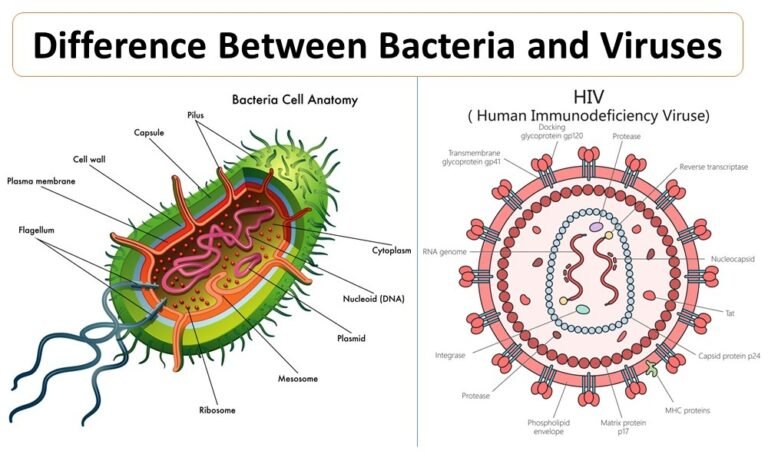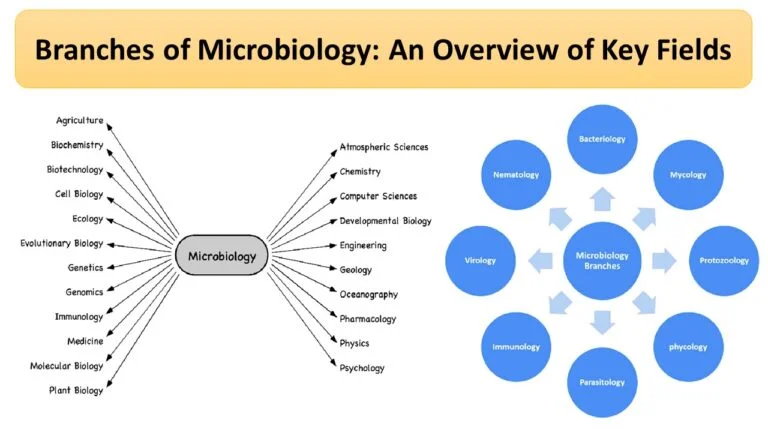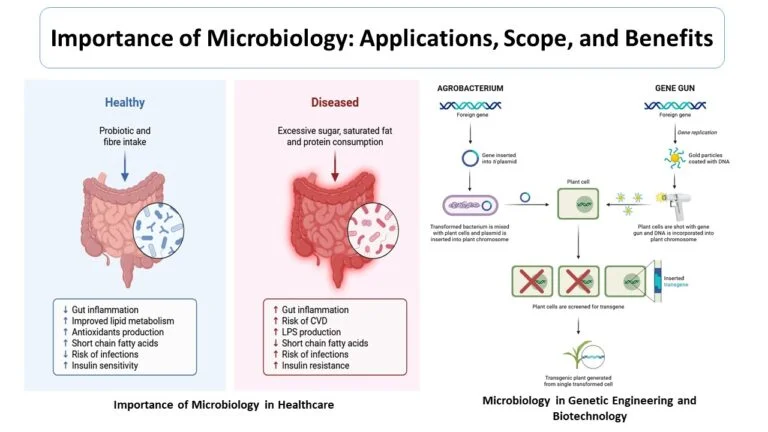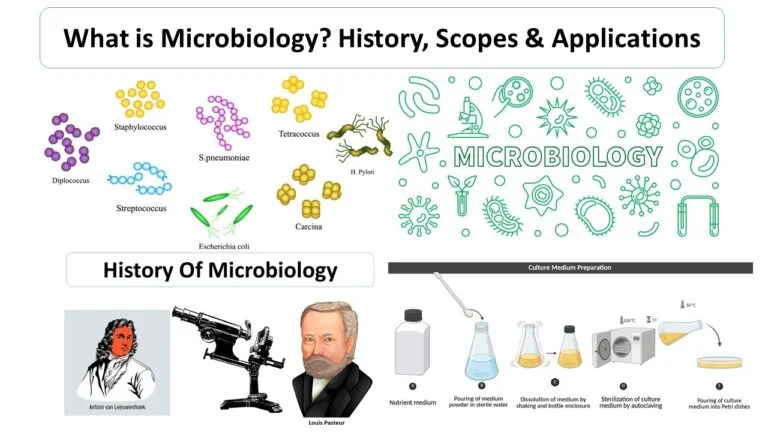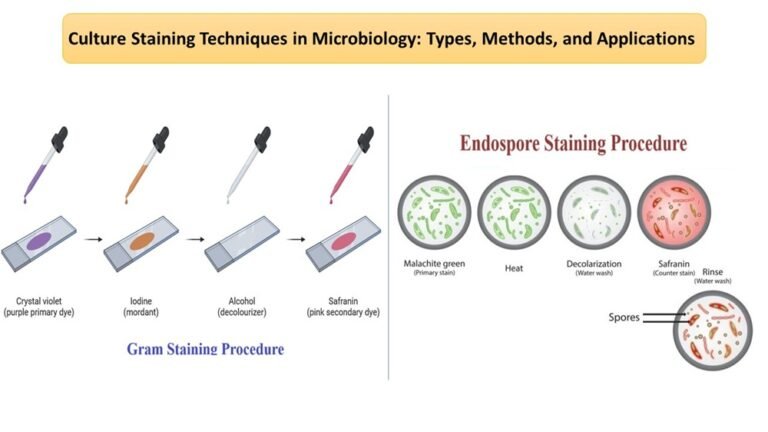Difference Between Bacteria and Viruses
Introduction This article explains the key difference between bacteria and viruses — covering their definition, structure, metabolism, reproduction, diseases, and beneficial roles — with an easy-to-read comparison table, FAQs, and conclusion. Microorganisms are found everywhere — in air, water, soil, and even inside the human body. Among them, bacteria and viruses are the most well-known […]

